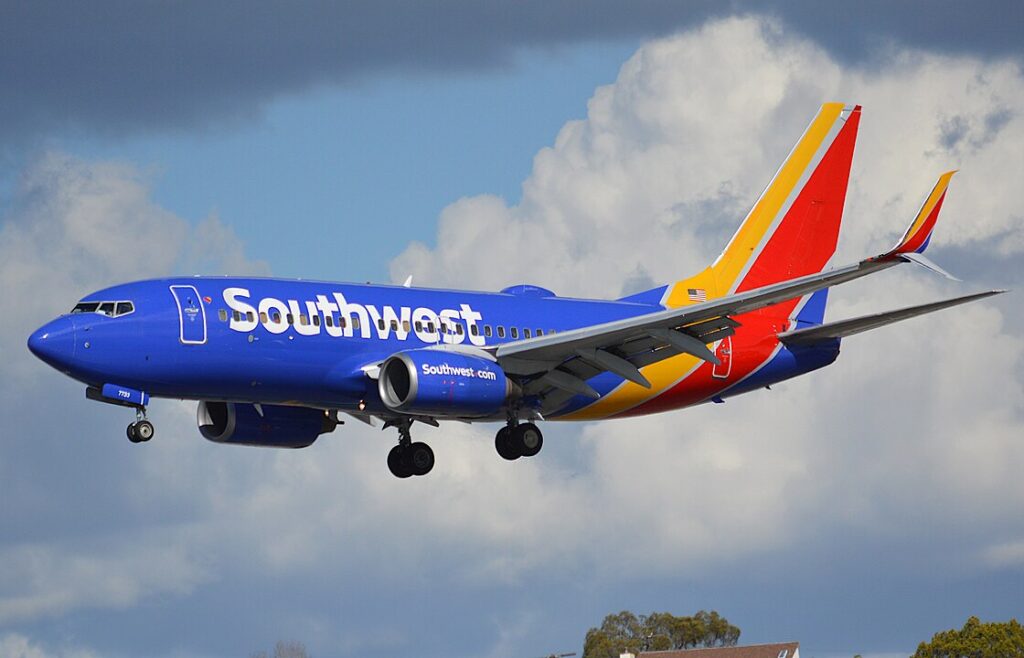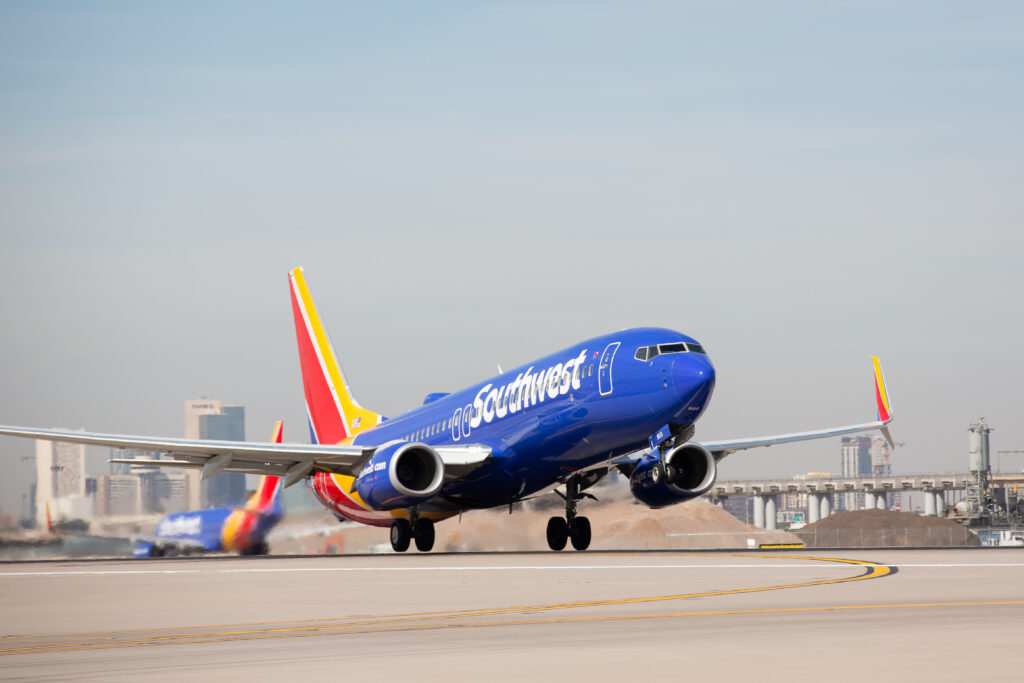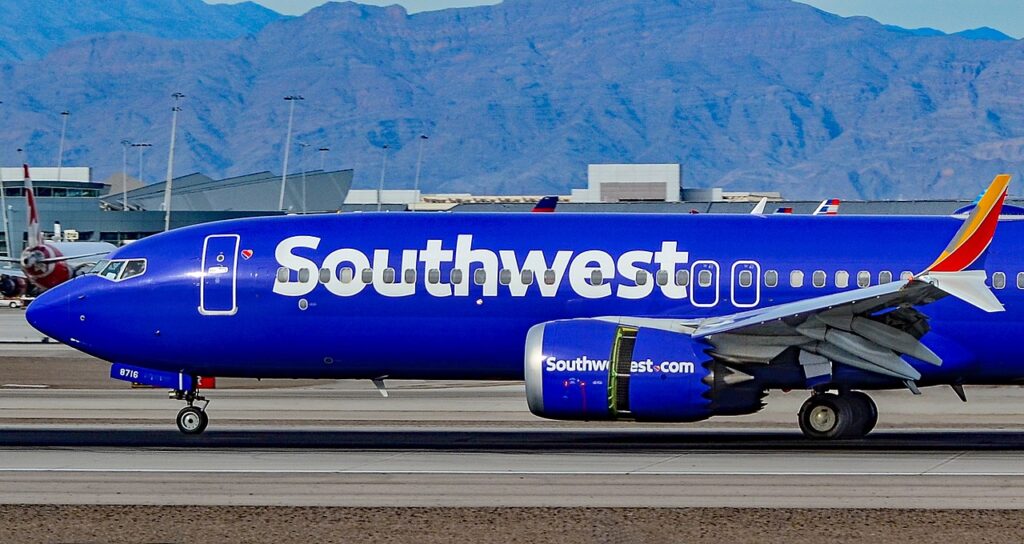DALLAS- Southwest Airlines (WN) flight WN425 narrowly avoided disaster on July 14, 2024, as its Boeing 737 MAX 8 descended to 150 feet, barely higher than its wingspan, while still four miles from Tampa’s runway.
This dangerously low altitude over Tampa Bay occurred around 2 hours and 50 minutes after takeoff. ADS-B data confirmed the plane’s position.

Southwest 737 Plunges 150 Feet
The plane flew dangerously low over the Courtney Campbell Causeway, an elevated road above Tampa Bay. This proximity to both water and structures heightened the risk.
Alarmingly, the pilots seemed unaware of their perilous position. An air traffic controller issued a low altitude alert, prompting this exchange:
ATC: “Southwest 425, low altitude alert, check your altitude. Tampa’s altimeter is 30.14.”
Pilot: “30.14, thank you, Southwest 425.”
The pilots’ calm response suggests they may not have fully grasped the situation’s gravity. After slowly gaining altitude, the conversation continued:
ATC: “Southwest 425, you plan to go around?” Pilot: “Yeah, we are, we have to go, Southwest 425.”
ATC: “Southwest 425, Roger, cancel approach clearance, go around runway 10. For now, you can fly runway heading and climb and maintain 1,600.”
The flight diverted to Fort Lauderdale, landing safely at 7:45 PM after 3 hours and 30 minutes in the air. This incident raises serious questions about Southwest’s safety procedures and pilot awareness in challenging weather conditions.

Previous 737 Flew Over 1,300 Feet
Visual and audio records of the incident provide crucial context. The previous Southwest Boeing 737 approaching Tampa maintained an altitude of 1,300 feet at four miles out, highlighting how dangerously low WN425 flew at 150 feet.
The crew of the preceding flight reported to air traffic control:
“Actually three miles in was moderate rain and just a light chop. The bad stuff is probably 5, 6, 7 miles out with that gust.”
This report indicates challenging but not extreme weather conditions near the airport, raising questions about WN425’s dramatic descent.

Series of Incidents
The air traffic controller’s timely intervention likely prevented a disaster. Their alert prompted the pilots to increase altitude and abort the landing attempt. This highlights the crucial role of air traffic controllers in maintaining flight safety.
Investigators will examine several factors, including the possibility of an incorrectly set altimeter. However, this alone wouldn’t account for such a significant altitude discrepancy, suggesting other issues were at play.
This incident adds to a series of recent safety concerns involving Southwest Airlines, including:
- A risky go-around in Hawaii
- A dangerously low approach in Oklahoma City
- An inflight Dutch roll
- Taking off from a closed runway
The frequency of these events raises questions about Southwest’s safety culture and pilot training. While Southwest operates numerous daily flights, the concentration of pilot error incidents is concerning.
Industry-wide pilot shortages and less experienced crews are factors, but Southwest’s disproportionate involvement in these incidents suggests deeper issues.
This pattern may warrant increased Federal Aviation Administration (FAA) oversight of Southwest, similar to their enhanced scrutiny of United Airlines (UA). The recurring nature of these incidents calls for a thorough review of Southwest’s pilot training, safety protocols, and operational procedures.
Who is at fault here? Do let us know in the comments.
Join us on Telegram Group for the Latest Aviation Updates. Subsequently, follow us on Google News.
The post Southwest Boeing 737 MAX Plunges to 150 Feet Above Sea in Tampa Bay appeared first on Aviation A2Z.

